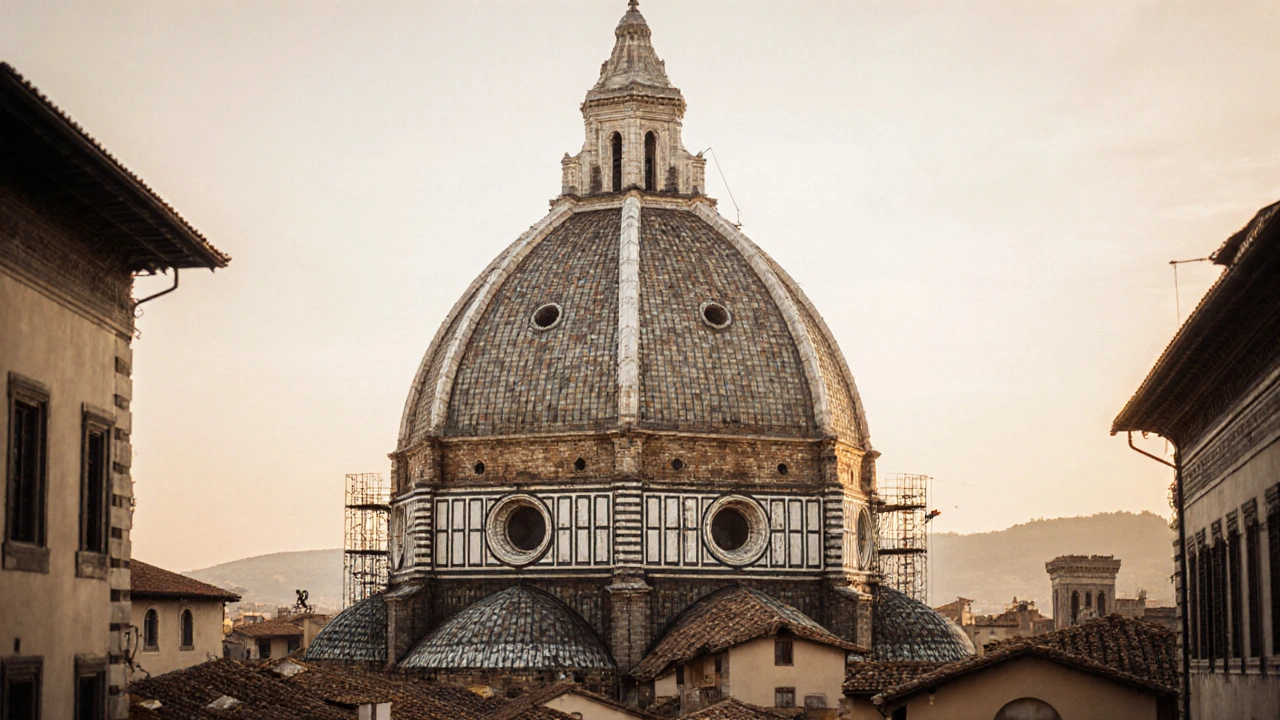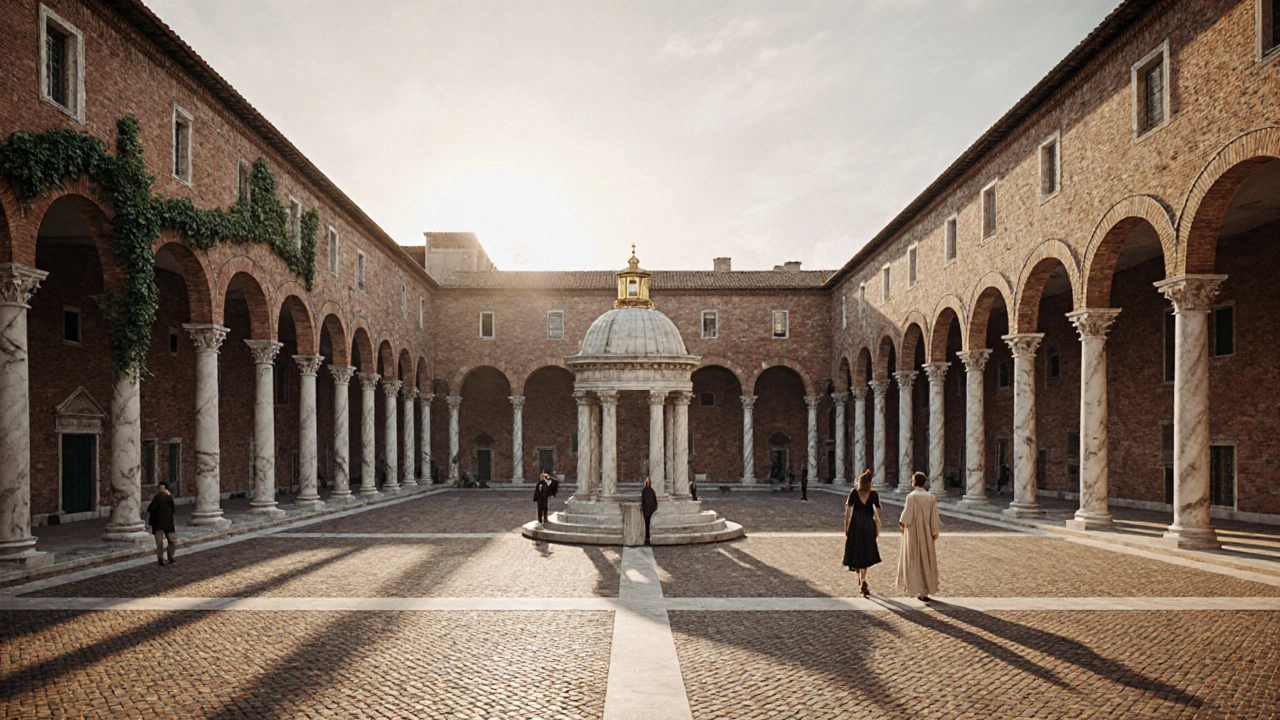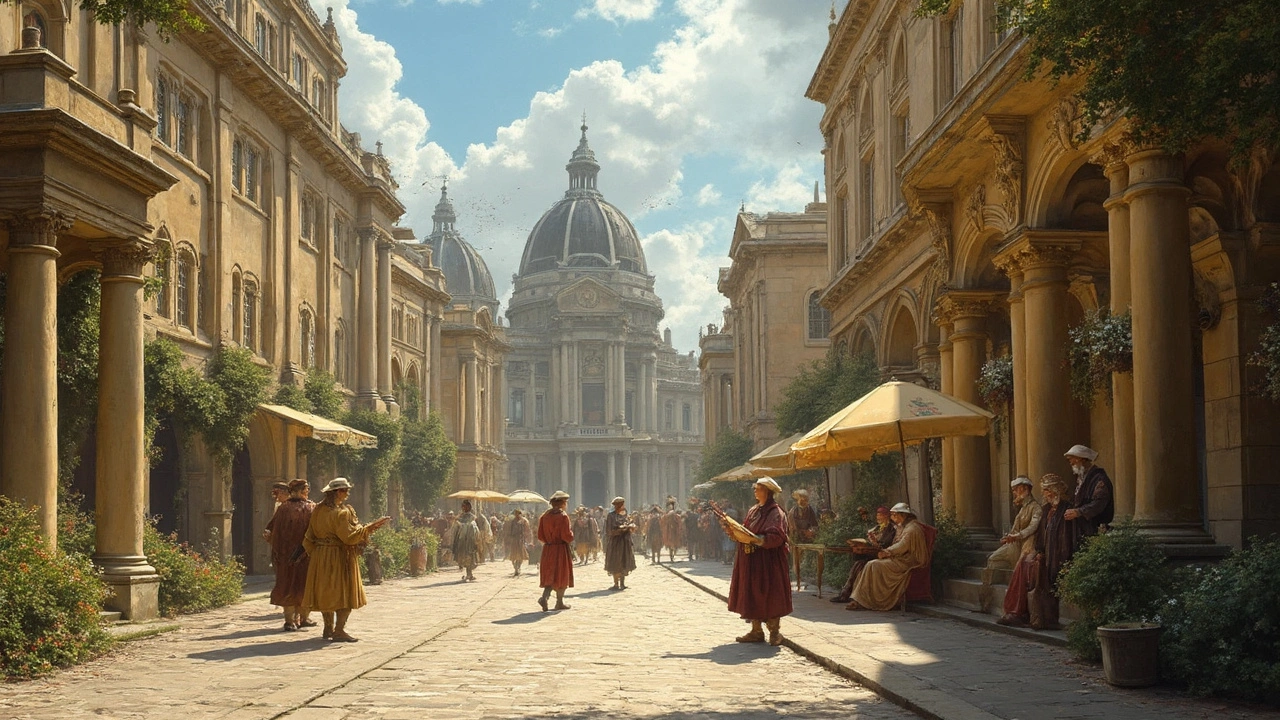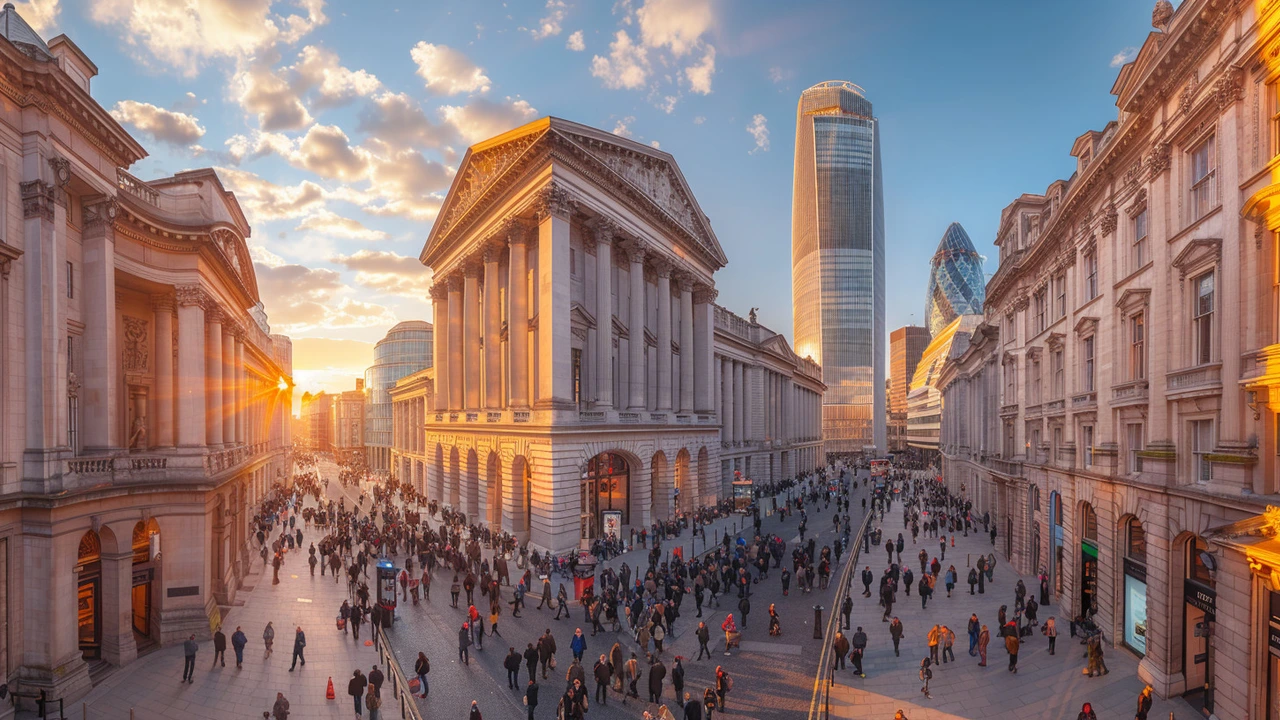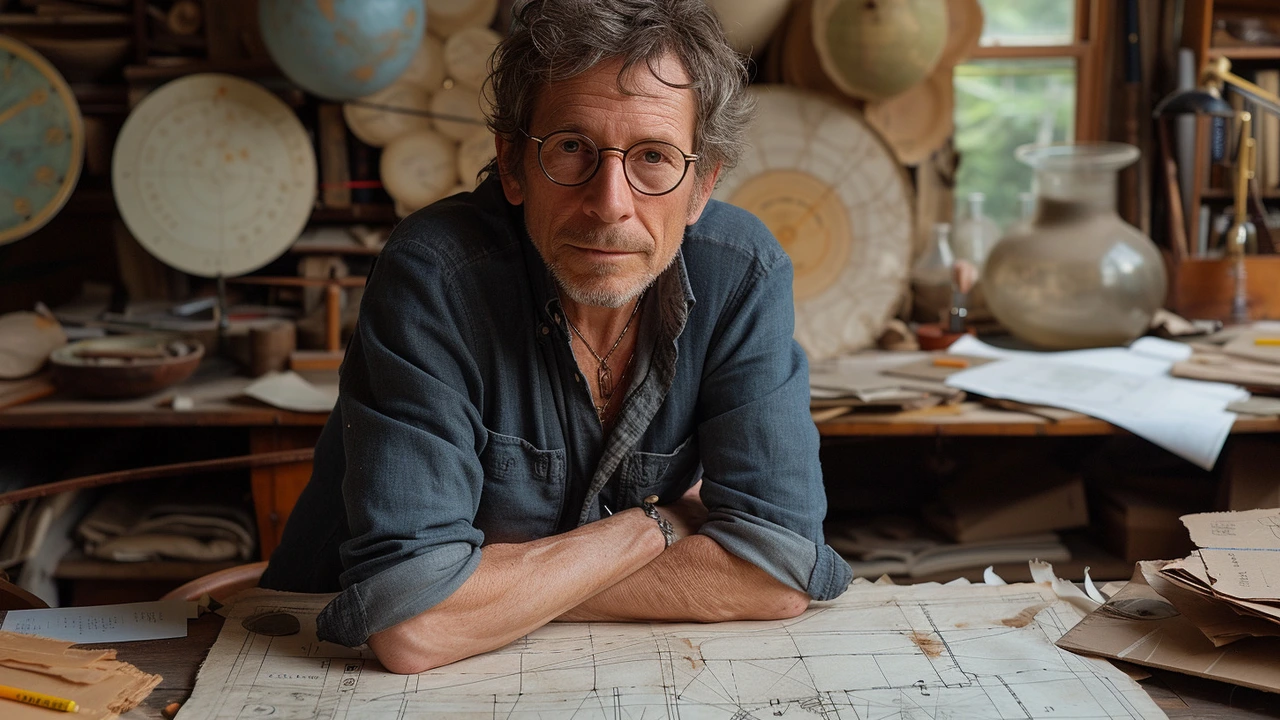Renaissance architecture revived classical Roman and Greek design principles, emphasizing symmetry, proportion, and human scale. It transformed buildings from religious monuments into harmonious, rational spaces that still influence design today.
Renaissance Architecture: What To Look For and Why It Still Matters
Renaissance architecture changed how people built and saw buildings. It pushed designers to use proportion, clear geometry, and classical details instead of the crowded medieval mix. If you want to spot a Renaissance building, you don’t need a degree—just look for balance, columns, domes, and a calm sense of order.
Quick features to spot
Start with the facade. Renaissance facades often use pilasters, rounded arches, and triangular pediments borrowed from ancient Rome and Greece. Windows tend to be regular and evenly spaced rather than random. Domes and hemispherical vaults are common after Brunelleschi solved dome construction for Florence’s Duomo. Inside, you’ll notice clear, mathematical layouts: squares, circles, or simple grids that guide sightlines and movement.
Materials are usually stone or stucco with neat masonry joints. Look for rustication at the base (rough-cut blocks) and smooth, more refined surfaces higher up. Decorative details are controlled—ornament supports structure instead of overwhelming it. Architects often used classical orders (Doric, Ionic, Corinthian) but applied them with new rules of proportion.
Key people and places
Filippo Brunelleschi, Leon Battista Alberti, Donato Bramante, Michelangelo, and Palladio shaped the era. Brunelleschi’s dome for Florence’s Santa Maria del Fiore proved you could build large, self-supporting domes without medieval buttressing. Alberti wrote clear rules about facades and harmony. Bramante and Michelangelo brought those ideas to Rome, leading up to St. Peter’s Basilica. Palladio later distilled classical ideas into villas with symmetry and simple plans that influenced architecture for centuries.
Important sites: Florence (Duomo, Pazzi Chapel), Rome (Tempietto, early St. Peter’s work), and Venice (church facades blending classical ideas with local traditions). Northern Europe adapted Renaissance ideas into local styles—so you’ll see different materials and decorative choices but the same focus on order and classical reference.
Why should you care? Renaissance ideas gave us modern architectural thinking: proportion, human-scale design, and the idea that buildings communicate cultural values. Those lessons show up in civic buildings, courthouses, banks, and even many homes built during later revival periods.
Want to learn more? Read deeper guides like "Renaissance Architecture: Exploring the Golden Age of Italian Design Innovations," "Renaissance: The Emergence of the Modern Artist," and our beginner-friendly "Renaissance History Explained." Each article breaks down examples and shows how to spot real Renaissance work on city walks.
If you’re touring a city, try this quick exercise: find a building with a clear central axis, count the repeating windows, and check for a dome or classical columns. Those simple checks will tell you whether a building borrows from Renaissance ideas or not. Happy exploring—this style rewards a careful eye.
Renaissance architecture fused art and science to create buildings based on harmony, proportion, and human reason. From Brunelleschi’s dome to Palladio’s villas, its legacy still shapes how we design spaces today.
Explore how Renaissance architecture's symmetry, proportion, and classical orders still shape modern urban structures, with real examples, design tips, and a handy FAQ.
Explore how Renaissance architecture broke new ground, replacing Gothic styles with classical forms, symmetry, and harmony. Dive into real stories, iconic buildings, and lasting influence.
Delve into the world where architecture became a symbol of power and wealth during the Renaissance period. Explore how symmetry, domes, and columns were not just structural components, but a language of influence. This article reveals the stories of grand structures and the architects whose designs immortalized the ambitions of their patrons. Discover the rebirth of classical ideas and how they still influence modern architecture today.
This article delves into the lasting legacy of Renaissance architecture on contemporary structures, illustrating how the principles and aesthetic of the era continue to influence modern design. It highlights the key characteristics of Renaissance architecture, the transition into modern interpretations, and the presence of Renaissance influences in today's architectural landscape. Through examining specific examples and innovations, the article offers readers a comprehensive understanding of how the grace and functionality of Renaissance architecture remain relevant and vibrant in the modern world.
Hello, architecture enthusiasts! In this article, we explore the flawless marriage of art and engineering in Renaissance architecture. From towering domes to intricate details, the Renaissance period truly revolutionized the field of architecture. Prepare to be fascinated as we delve into the mesmerising aspects of symmetry, geometry, and proportion that characterizes this awe-inspiring era in architectural history. Join me on this journey as we appreciate the artistic beauty embedded in the architectural masterpieces of the Renaissance.


